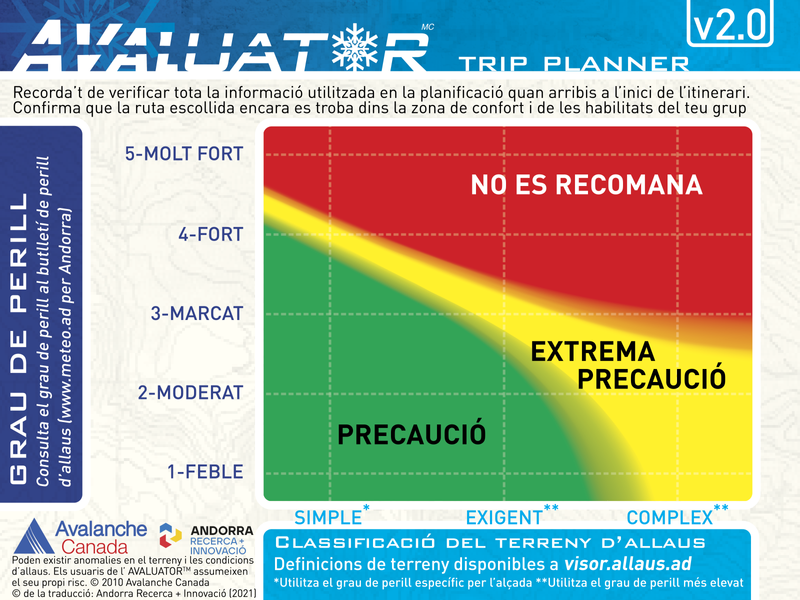Itinerari de la pedra seca
General Description
Al llarg d'aquest itinerari recorreràs zones boscoses i urbanes, on podràs observar edificacions de diferents èpoques fins a l'actualitat. Et demanem, però, que et fixis en les construccions més modestes. Construccions, que malgrat la seva simplicitat, han resistit el pas dels segles i són avui part del nostre Patrimoni Cultural i Natural: les construccions en pedra seca. Des de temps immemorials, els habitants d'Andorra han emprat allò que la muntanya els donava en abundància, la pedra, per elevar murs i domesticar el paisatge. Les tarteres d'Andorra han proveït d'una excel·lent matèria primera a la població d'aquestes valls, que han utilitzat la pedra que n'extreien per realitzar construir orris, bordes, feixes, camins i carboneres. Construccions vinculades a les activitats agrícoles i ramaderes, i més tard també a la metal·lúrgica, que intervenen el paisatge des del màxim respecte per la natura, sense utilitzar cap més element que no sigui la pedra mateixa. La pedra seca és un símbol del nostre país. Vestigi d'un passat on l'home i la natura vivien en equilibri. Llegat per un futur fidel a les nostres arrels. Completa el repte Cub a Cub de la Massana amb la informació que trobaràs als cubs del camí.


 Routes and points of interest
Routes and points of interest  Agenda and events
Agenda and events  Online Store
Online Store  Information of Interest
Information of Interest  contact
contact 









